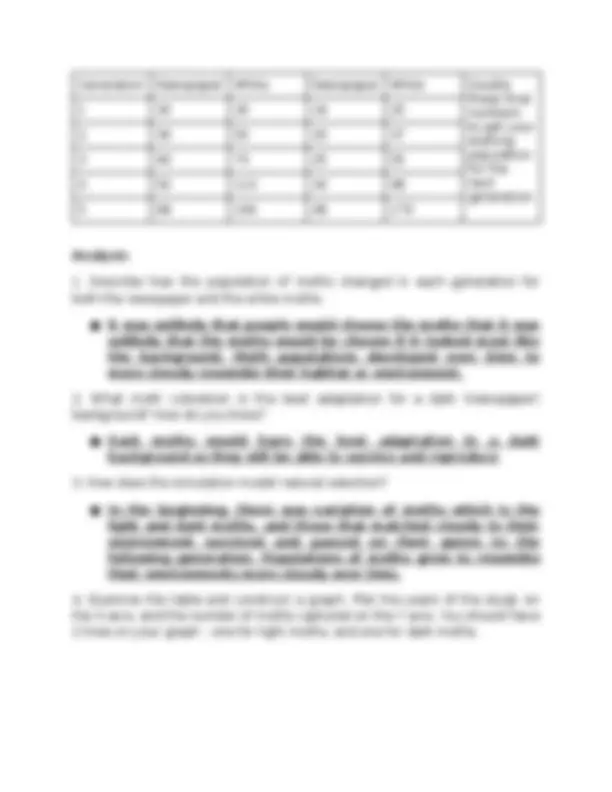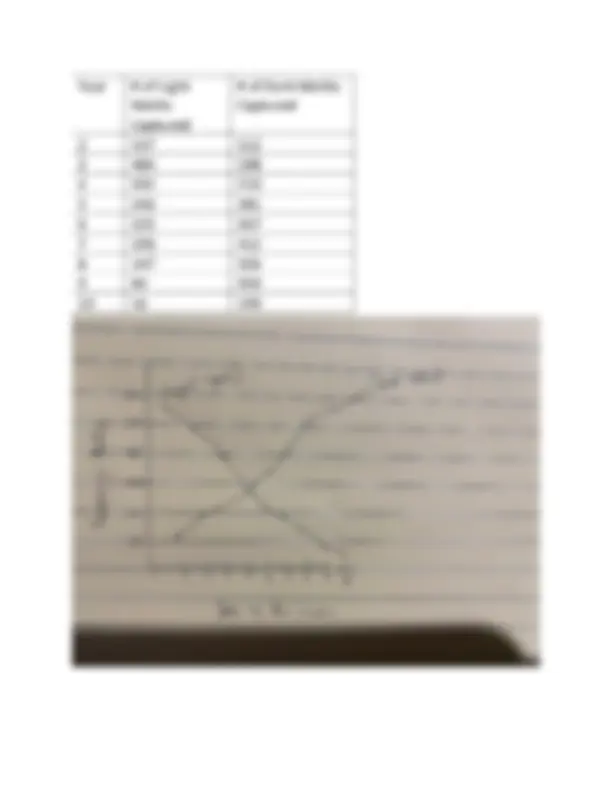





Study with the several resources on Docsity

Earn points by helping other students or get them with a premium plan


Prepare for your exams
Study with the several resources on Docsity

Earn points to download
Earn points by helping other students or get them with a premium plan
Community
Ask the community for help and clear up your study doubts
Discover the best universities in your country according to Docsity users
Free resources
Download our free guides on studying techniques, anxiety management strategies, and thesis advice from Docsity tutors
Laboratory reports in microbiology, evolutionary biology, and biomolecules
Typology: Lab Reports
1 / 5

This page cannot be seen from the preview
Don't miss anything!




Republic of the Philippines UNIVERSITY OF NORTHERN PHILIPPINES Tamag, Vigan Cit 2700 Ilocos Sur BIO 114- EVOLUTIONARY BIOLOGY 2 nd^ Semester, SY 2022- NAME: OLIEVE KARENTH P. BARCESA COURSE : BS BIOLOGY INSTRUCTOR Laboratory 1 Objectives: Describe the importance of coloration in avoiding predation. Relate environmental change to changes in organisms. Explain how natural selection causes populations to change. Materials: ✔ Sheet of white paper and newspaper ✔ Forceps ✔ Clock with second hand ✔ 30 newspaper circles 30 white circles (made with hole punch) Purpose: In this lab, you will simulate how predators locate prey in different environments. You will analyze how color affects and organism's ability to survive in certain environments. Industrial Melanism is a term used to describe the adaptation of a population in response to pollution. One example of rapid industrial melanism occurred in populations of peppered moths in the area of Manchester, England from 1845 to 1890. Before the industrial revolution, the trunks of the trees in the forest around Manchester were light grayish-green due to the presence of
lichens. Most of the peppered moths in the area were light colored with dark spots. As the industrial revolution progressed, the tree trunks became covered with soot and turned dark. Over a period of 45 years, the dark variety of the peppered moth became more common. Procedure:
Populations Start on Newspaper Background Starting Population Final Populations (how many of the original were left)